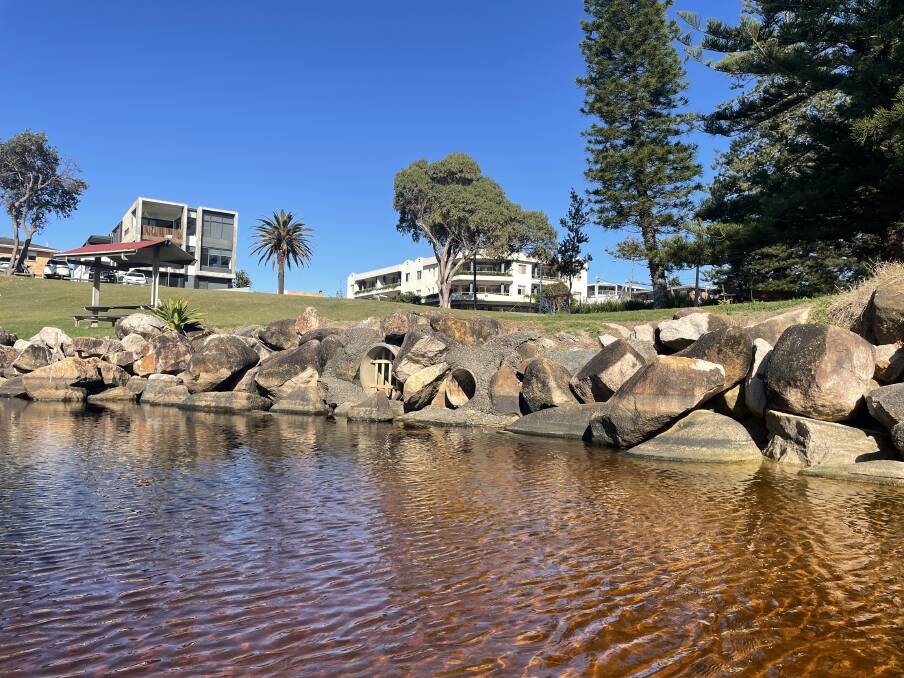Kempsey Shire Council has been notified of Per- and poly-fluoroalkyl substances (PFAS) detected in groundwater at South West Rocks.
PFAS is a stable chemical which does not breakdown easily and can persist for a long time in humans and the environment.
As an emerging contaminant, international research is yet to fully determine any health effects related to exposure, however, the EPA encourages minimising exposure to PFAS.
Due to their fire retardant, waterproofing and stain resistant qualities, these chemicals have been widely used in many industrial and consumer products worldwide, such as food packaging, non-stick cookware, fabric, furniture and carpet stain protection applications, clothing, and some types of fire-fighting foam.
Around the world, humans may be exposed to PFAS through food, water and contact with consumer products.
Residents and visitors to South West Rocks may be exposed through the town’s groundwater.

The NSW EPA leads the NSW Government’s investigations into PFAS
In March the NSW Environment Protection Authority (EPA) was advised by a current landowner on Phillip Drive that he had hired an environmental consultant who detected PFAS in groundwater beneath the former Caltex terminal.
Council was notified by the EPA of the PFAS detection on the recently developed site and is awaiting updates as the investigation continues.
Council’s Manager Development and Compliance, Graham Snow, said the site is undergoing a process of remediation by the landholder.
“It has monitoring wells across the site to test the groundwater,” he said.
“The EPA are the responsible authority for contamination and as such, they are the lead investigatory agency and are responsible for the interpretation and release of information.”
As it stands, there has not been a release of information regarding the matter to council as the EPA continues their investigation.
“The EPA will inform council when there is information to be released to the community and how this will be conveyed,” said Mr Snow.
The EPA say they will notify the community of the results when analyses of the samples is complete and advise if any precautionary actions need to be taken.
Development in South West Rocks
From the 1960s until the 1990s, Shell and Caltex operated bulk oil terminals in South West Rocks on what is now Phillip Drive, one of South West Rocks newest residential developed land.
A spokesperson from the EPA said the land was decommissioned to an industry level standard.
“Both sites were acquired by developers wanting to remediate them to a higher residential level standard,” the spokesperson said.
Development in South West Rocks is on the rise and any current or future development applications will require accredited testing to occur.
“The contamination of PFAS is a new issue that precludes previous consents granted in the area,” said Mr Snow.

Health concerns
The Australian Government’s PFAS Expert Health Panel and NSW Government recommends limiting exposure to PFAS as a precaution until more evidence is gathered on possible health effects.
While Mr Snow says that council officers are not qualified to comment on the risk to people and animals of PFAS, the EPA has said there is currently no consistent evidence that exposure causes adverse human health effects.
However, based on the evidence from animal studies potential adverse health effects cannot be excluded and the EPA recommends minimising exposure.
“Limiting groundwater consumption or use, or seafood consumption where threshold levels of PFAS are present,” said an EPA spokesperson.
More information on PFAS, such as the impact on human health, sites under investigation and minimising exposure can be read on the EPA factsheet.
Extracted from The Macleay Argus